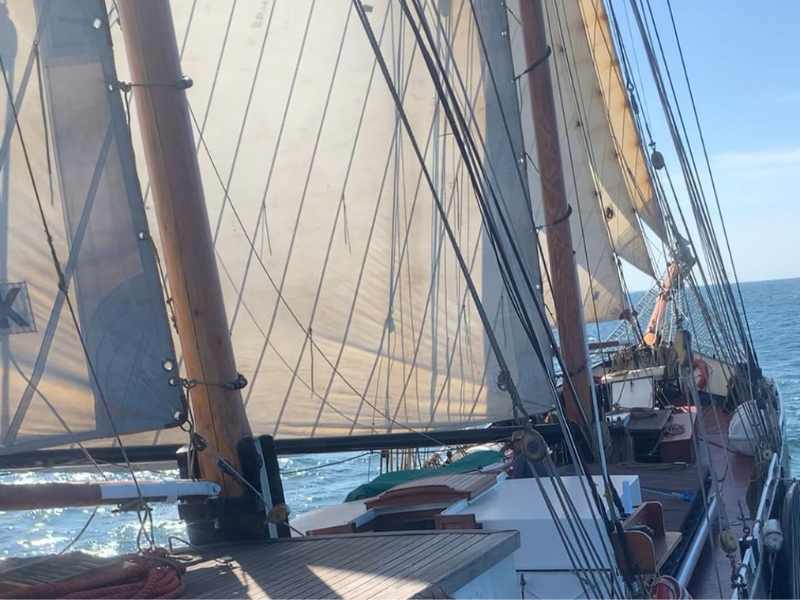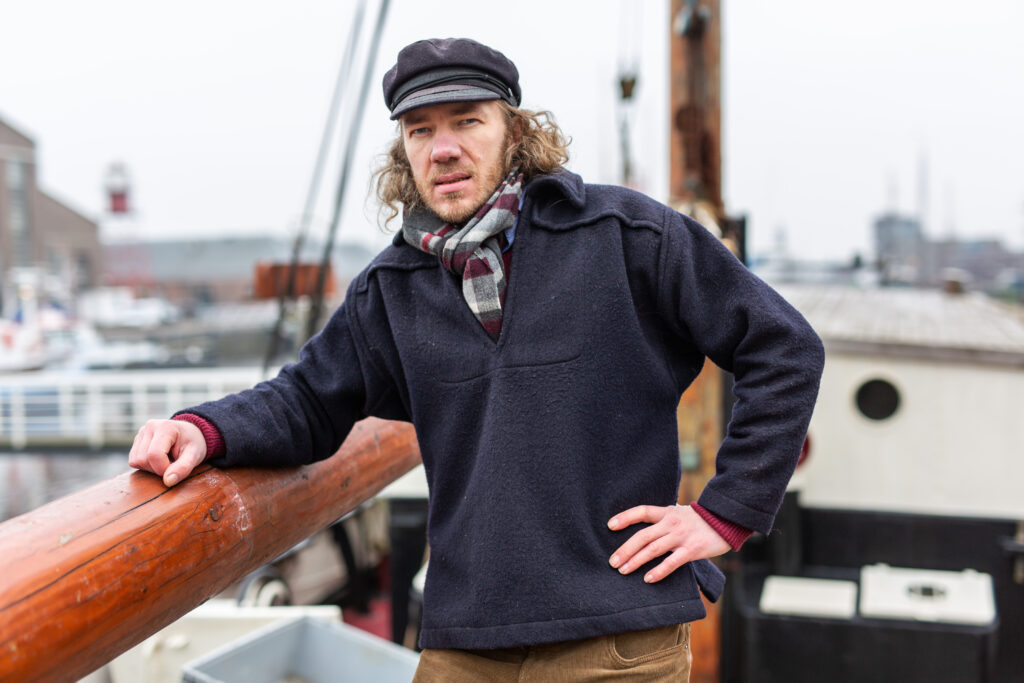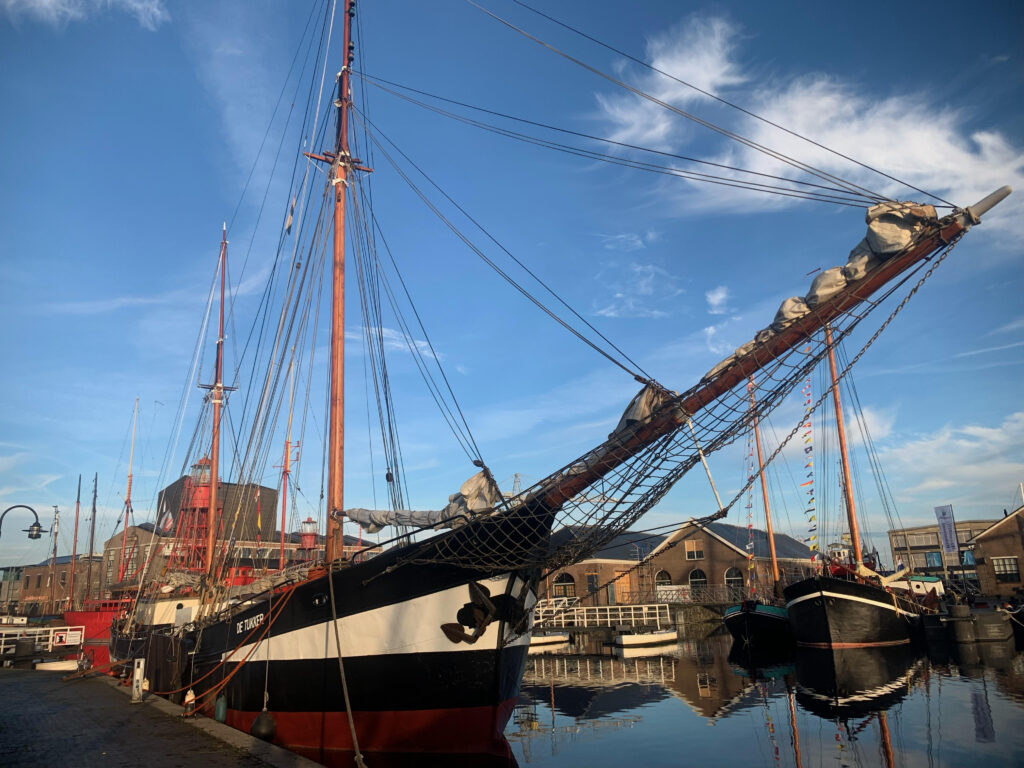
Historic sailing ship starts first cargo service across Europe
De Tukker, the first ship operated by Dutch sustainable shipping company Ecoclipper, has set sail on the firm’s maiden voyage — 111 years after it was constructed.
The classic vessel is far from a typical cargo ship. Following a refit and sea trials, De Tukker, which was built in 1912 and saw life as a coastal trader and sail training vessel, is now propelled again by over 300 square metres of sail. De Tukker is able to carry about 70 cubic metres, or an equivalent of 50-70 tons, of cargo. She also has accommodation for up to 12 trainees or travellers.
Leaving Amsterdam carrying chocolate, five crew members and five trainees, De Tukker is headed for Porto, where she is expected to arrive around 13 May 2023 and take on a cargo of wine and olive oil. This is the first voyage on a sailing schedule that will see the ship sail on a regular route across North and West Europe. The ship is reportedly handling well and is currently crossing the Bay of Biscay.
 De Tukker
De Tukkeris said to be handling well, and is on schedule to arrive in Porto around 13 May 2023
The first cargo onboard is chocolate produced by Dutch company Chocolatemakers and destined for European distribution by sail cargo brokers New Dawn Traders. The cacao used in the chocolate’s production process was shipped from the Dominican Republic by fellow sail cargo vessel Tres Hombres. It will therefore reach consumers with a minimum of harmful emissions produced in its transport.
De Tukker’s currently scheduled destinations are Porto, Noirmoutier, Saint Nazaire, Penzance, Torquay and London. However, depending on the needs of exporters and consumers, Ecoclipper says it is open to adding additional ports to the route.
Jorne Langelaan, Ecoclipper founder and CEO, says he is excited that De Tukker is now sailing again. “After a year-long period of expert refitting by our own refit crew and the crew of the Talsma shipyard, it was with the greatest pleasure that I watched De Tukker sail off towards the horizon. This is the next step in returning to large-scale transport by sailing vessel at sea.”

Capt. Jorne Langelaan on board De Tukker
Cargo ships powered by wind could help tackle the climate crisis by limiting the emissions of this heavily polluting sector. In 2021, international shipping accounted for around 2 per cent of global energy-related CO2 emissions — comparable to the annual emissions from aviation.
To achieve net zero by 2050, there must be an almost 15 per cent reduction in shipping emissions from 2021 to 2030, according to the International Energy Agency.
In recent years, there has therefore been a resurgence of interest in equipping vessels to harness the power of the wind. What was once romanticised as a historic way to sail cargo across the world’s oceans has become a credible option for modern vessels, fuelled by incoming carbon reduction targets and high fuel prices.

According to the International Windship Association (IWSA) twenty-one large commercial vessels currently have wind propulsion systems installed onboard, representing over one million DWT of cargo carrying capacity. IWSA estimates that wind propulsion technology is installed on around twenty-five large commercial vessels, representing 1.2 million DWT.
Based on public announcements and shipyard orders made to-date, IWSA also estimates that by the end of 2023, up to fifty large ships will be making use of wind as a renewable energy source with a combined tonnage of over three million DWT.
The post Historic sailing ship starts first cargo service across Europe appeared first on Marine Industry News.
